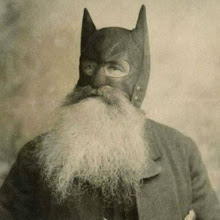Airbrushing The Dead

It takes a deft hand to not only erase an active sponsor of genocidal violence, but also hide some 200,000 butchered human beings. Yet Guido Guilliart of the Associated Press did so in a single sentence:
"Indonesia invaded East Timor in 1975 and ruled the tiny half-island territory with an iron fist until 1999, when a U.N.-organized plebiscite resulted in an overwhelming vote for independence."
The ol' "iron fist" line. Seemingly descriptive, but in this case, incredibly vague. An honest, accurate account would read:
"Indonesia invaded East Timor on December 7, 1975, after receiving the green light from then-U.S. President Gerald Ford and Secretary of State Henry Kissinger, who visited Jakarta on the eve of the Indonesian invasion. Indonesia ruled the tiny half-island territory through terror and mass murder, killing some 200,000 Timorese, nearly a third of East Timor's population, thanks to several billion in military and economic support from the United States. This state of siege lasted until 1999, when a U.N.-organized plebiscite resulted in an overwhelming vote for independence. The Clinton administration continued to finance the Indonesian military as it committed more atrocities in a last-ditch attempt to stem Timorese independence. As U.S. Ambassador to Jakarta, Stapleton Roy, told reporters at the time, 'Indonesia matters, East Timor does not.' International pressure and outrage in Congress finally forced President Clinton to halt military aid on September 10, 1999."
Something tells me that if the Soviets or Saddam were financing these atrocities, especially over a 24 year period, their sponsorship would be mentioned. Indeed, we'd never hear the end of it. But knowing when to tell the whole story, if telling it at all, is one of the many tricks a journalist must learn in order to climb the mainstream ladder. An "iron rule," if you will.


<< Home